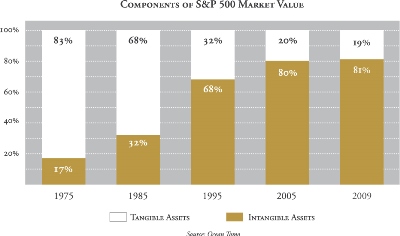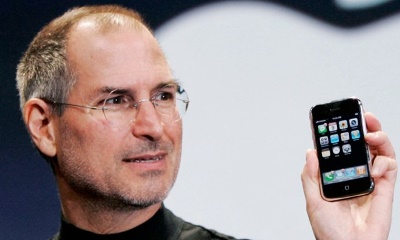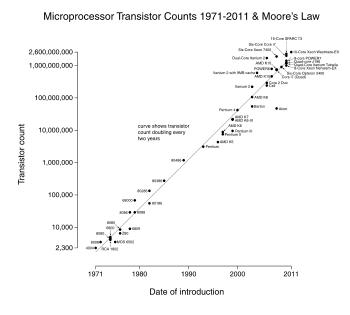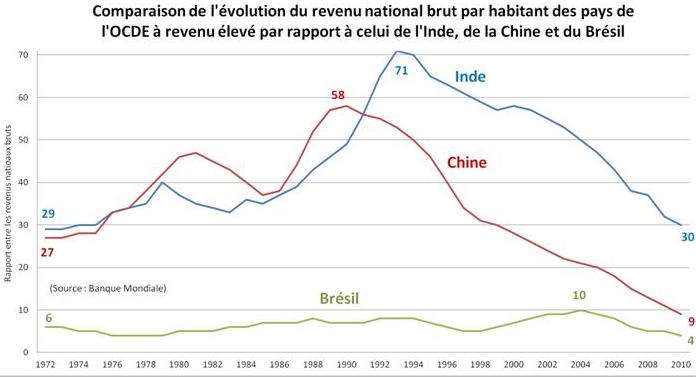I can only encourage you to take some time and read the series of blog posts by Steve Blank (an entrepreneur and Stanford professor) about the secret history of the Silicon Valley (first post of the series: ‘If I Told You I’d Have to Kill You: The Story Behind “The Secret History of Silicon Valley”‘). There is also a Youtube presentation by the same Steve Blank.

This series of posts is incredibly instructive and starts with electronic jamming devices developed during World War 2 to jam German anti-aircraft radar during bombing raids over occupied Europe. Subsequently with the Cold War, many efforts were made in programs financed by the military to continue to develop advanced electronic warfare devices. One particular challenge was to be able to get bombers in the Soviet Union for a first nuclear strike, overcoming the extensive radar and electronic defense coverage.
Beyond the extremely interesting accounts for this period, we find that most of the initial Silicon Valley innovation ecosystem was centered around Stanford and defense efforts in the electronic warfare field. Arpanet, the origin of internet, is of course another defense programme designed to sustain communications even in case of nuclear damage. Therefore the Silicon Valley is the child of a large government, defense related program. It is the consequence of another breakthrough of WW2 and, industrial-age like, is a centrally financed effort.
Therefore, if you seek to emulate the Silicon valley today (like half of the governments would dream to), that may be a bit hard, because the roots of this unique ecosystem go back a long time, to a heavily funded, continuous effort from WW2 to the Cold War over five decades.
Hat tip to Nicolas Colin as I found the reference in his excellent book ‘Hedge: A Greater Safety Net for the Entrepreneurial Age‘ – more on this book reading notes in future posts.











